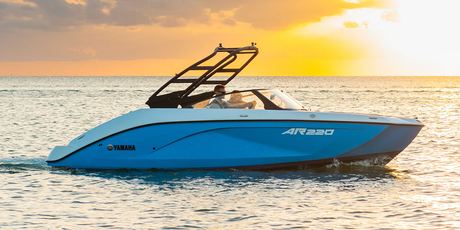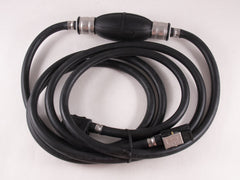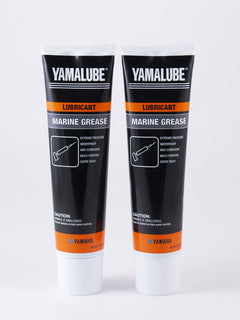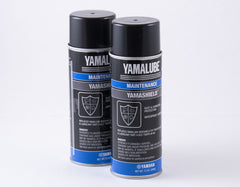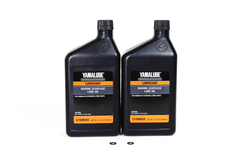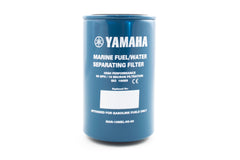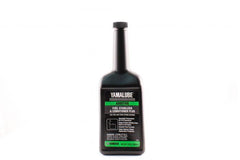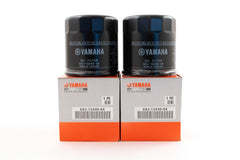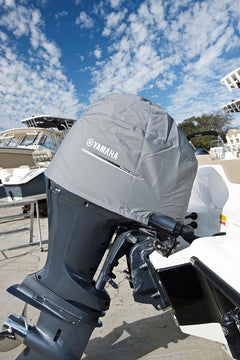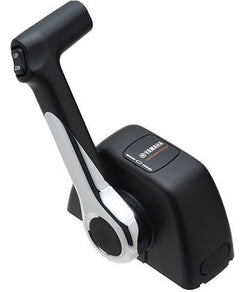
If your Yamaha motor runs hot, the culprit could be a blocked water intake, a bad impeller, low oil, or thermostat failure. Heat damage adds up fast—this guide helps you spot the red flags early and fix them before things go south.
What happens if a boat motor is running hot?
When your outboard overheats, you’re dealing with more than inconvenience. That excess heat can warp internal parts, mess up gaskets, and—in the worst-case—trash the engine entirely. Been there once, steam rising out of the cowling in the middle of the bay. Not an experience worth repeating.
1. Malfunctioning Water Pump Impeller
That little rubber piece is what keeps cooling water flowing. If it’s cracked or brittle, expect rising temps quickly.
What to do:
Drop the lower unit. Find the impeller inside the pump housing. Look for broken fins or stiffness. Replace it with a new, greased-up impeller, and double-check fit before reassembling.
2. Pressure Valve Problem
The pressure control valve regulates water pressure. Salt, sand, or general grime can jam it.
Fix it like this:
Remove the valve, clean off gunk with marine cleaner, and scrub corrosion. If it’s too far gone, toss it and fit a new one with sealant.

3. Thermostat Trouble
The thermostat regulates engine temp by allowing cooling water through. Salt and debris love to gum it up.
Steps to fix:
Pop off the housing, take the thermostat out, and test it in hot water. If it won’t open, time for a replacement.
4. Clogged Water Intake
Debris like seaweed or sand blocking the grates? That’s all it takes.
Try this:
Clear the grates by hand or use a stiff-bristle brush. Still not flowing? Remove the lower unit and flush the system with water or air.
5. Blocked Water Passages
These internal cooling routes get clogged with scale and buildup.
Flush them out:
Connect a marine flushing attachment and run a descaler through while the motor idles. Follow up with clean water.
6. Bad Belt
If the drive belt is loose or cracked, the water pump won’t spin right.

How to handle:
Inspect for frays or shine. Replace with a new belt and make sure the tension is just right—too loose and you’re back at square one.
7. Low Oil Levels
Low oil increases friction. And friction? That means heat.
Check your levels:
Let the engine cool down. Use the dipstick to check oil. Add Yamaha outboard motor oil if needed. Don’t overfill. Cap it tight.
8. Steam From the Exhaust
Steam = engine’s trying to cool itself but can’t.
What to do:
Stop. Let it cool. Inspect the water pump, intake, and thermostat. If any are blocked or broken, fix them before restarting.
FAQ: Boat Engine Overheating
Why is my boat motor running hot?
Usually it’s a clogged water intake, broken impeller, thermostat issue, or low oil.
What kind of damage does overheating cause?
Warped cylinder heads, gasket failure, cracked housings—or even full engine failure.
Real Talk from the Water
On our fall trip last season, our 90HP Yamaha got sluggish out of nowhere. Weak water flow at the telltale gave it away. Seaweed had plugged the intake. A dockside brush cleaning took five minutes. Saved us a ruined weekend.
Final Thoughts
Regular checks beat emergency repairs. Clean your intake, inspect that impeller, and keep your oil topped off.
If you’re not sure where to begin, crack open your Yamaha service manual—or talk to a certified marine tech. And when you need to swap parts, grab OEM Yamaha repair kits at YamahaOnlineParts.com. Trust me, it’s worth having the right parts the first time around.

